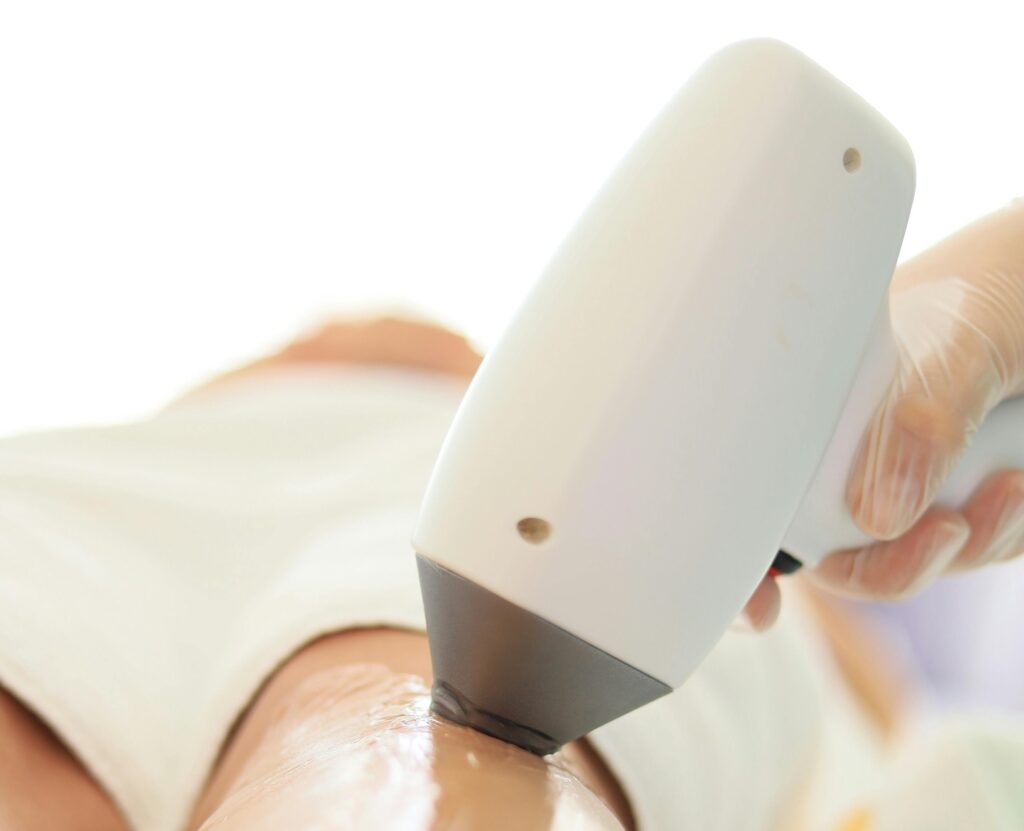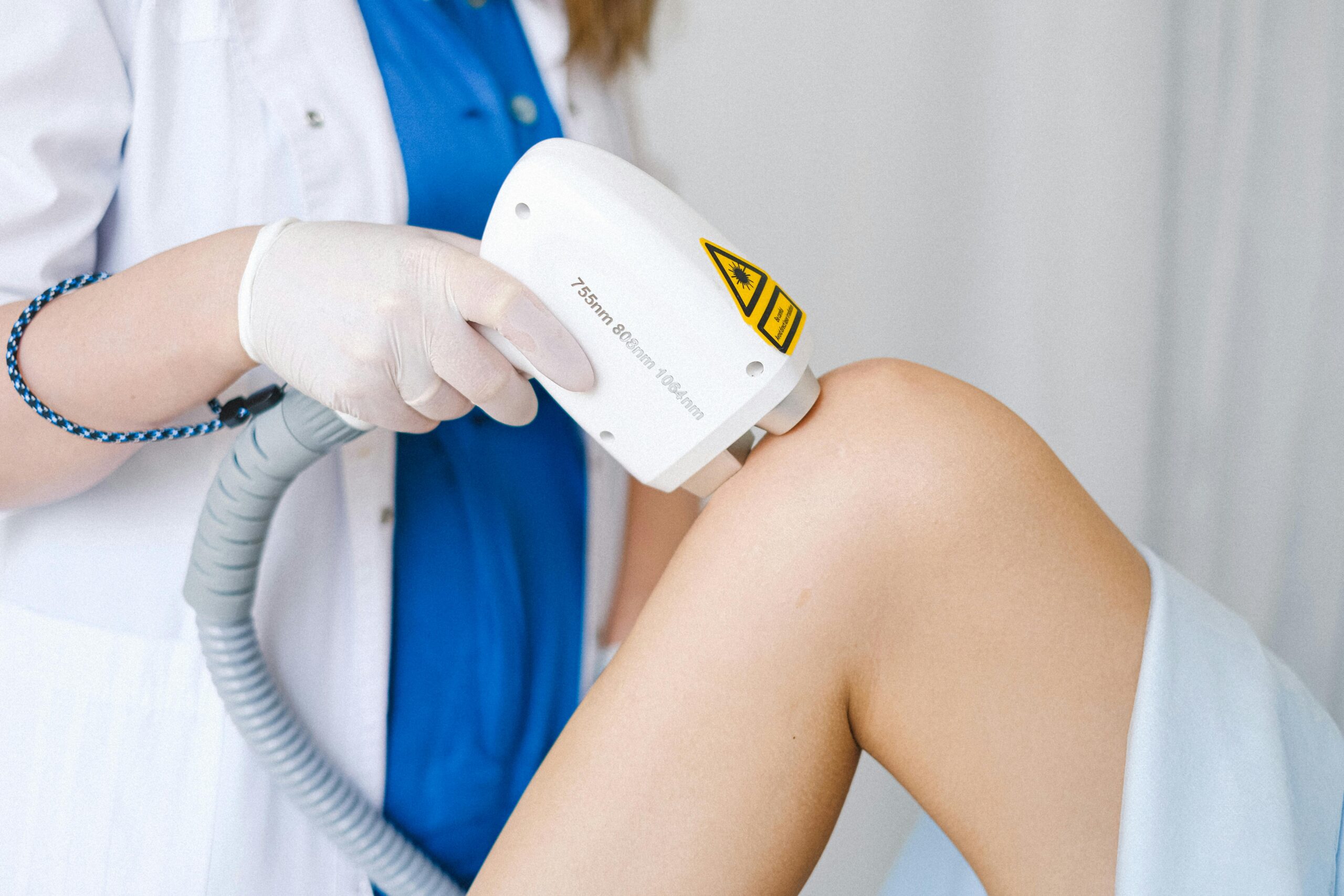Shop by Category
- Accessories
- Aspirator
- Cosmetics
- Digital Photography Systems
- Eyewear
- Footswitch/Foot Pedal
- Handpieces
- Infiltration Pump
- Laser Eyewear
- Microdermabrasion Devices
- Miscellaneous
- Portable Devices
- Skin Care Products and Make Up
- Skin Chillers
- Skin Sales Tools
- Smoke Evacuator
- Tips & Consumables
- Training & Business Tools
- User Manual/Operators Manual
- Les Encres
- Manufacturer
- Active Optical Systems
- Advalight
- Aerolase
- Aesthera
- Aesthetic Management Partners (AMP)
- Aesthetics Biomedical
- Aesthetika Lasers
- Alma Lasers
- Artas
- Asclepion
- Bella Products Inc.
- BTL Aesthetics
- Buffalo Filter
- Candela
- Canfield
- Cartessa
- Cellsound Aesthetics
- Cenmade
- Cervello
- Chromogenex
- CoolTouch
- Cutera, Inc.
- Cynosure, Inc.
- Deka
- Dermasweep
- DiamondTome
- Dornier
- Dusa
- Eclipse Aesthetics
- Edge Systems
- Eleme
- Ellman
- Emage Medical
- Emvera
- EndyMed
- Energist
- Equipmed
- Erchonia
- Fisioline
- Focus Medical
- Formatk
- Fotona
- Fraxel
- HK Surgical
- HOYA ConBio
- Human Med
- Hydrafacial
- Ilooda
- Inmode Aesthetic
- Iridex
- Jeisys
- Lasering
- LaserOptek
- Laserscope / Iridex
- Lazerlenz
- Light Bioscience
- Lipo Ltd
- Lumenis
- Lutronic, Inc.
- Mattioli
- Medical Laser Technolgies
- Medicamat
- MeDioStar NEXT
- Merz
- Miramar Labs
- NeoGraft
- Noir
- Noir Laser Eyewear
- Novoxel
- Nuvolase
- Nylo Aesthetics
- Obagi Medical
- Omnilux
- Other
- Palomar Medical
- Parisian Peel
- Photo Therapeutics
- Profect Medical Technologies
- Quanta Systems
- Quantel
- RA Medical
- Radiancy
- Reveal
- RevecoMed
- Rohrer Aesthetics
- Sandstone
- Sano Laser
- Sciton, Inc.
- Sharplight
- Sincoheren
- Solta Medical
- Storz Medical
- SupraMedical
- Sybaritic, Inc
- Syneron, Inc.
- Syntech Laser
- Thermage, Inc.
- Thermi Aesthetics
- Ulthera, Inc
- Ultra Aesthetica
- Venus Concepts
- Vibraderm
- Viora
- Vivace
- Viveve
- Wontech
- Zeltiq
- Zimmer
- Procedure
- Acne Scars
- Acne Treatment
- Acoustic Radial Shockwaves
- Actinic Keratosis
- Age Spots
- Body Contouring
- Body Contouring – Diode
- Body Contouring – Hands Free
- Body Contouring – Radio Frequency
- Body Contouring – Ultrasound & Radio Frequency Combined
- Cavitation
- Cellulite Smoothing
- Cherry Angiomas
- Collagen Regeneration
- Complexion Analysis
- Dental
- Dry Eye
- Dynamic Muscle Stimulation
- Epidermal Renewal
- Erectile Dysfunction
- Face Contouring
- Face Oil Reduction
- Facial
- Facial Muscle Stimulation Treatment
- Facial Redness
- Fat & Cellulite Reduction
- Fat Grafting
- Fractional Skin Resurfacing
- Freckles
- Hair Restoration
- Hyperhidrosis
- Hyperpigmentation
- Incontinence
- Keloid Scar Treatment
- Laser Hair Removal
- Laser Hair Removal – Diode
- Laser Lipolysis
- Liposuction
- Lymphatic Massage/Drainage
- Melanin Reduction
- Melasma Removal
- Microdermabrasion
- Microneedling
- Muscle Sculpting
- Non-Invasive Hair Growth Treatment
- Non-Surgical
- Oxygen Skin Therapy
- Pain Relief
- Photodynamic Therapy
- Photofacial Rejuvenation
- Pigment Reduction
- Pigmented Lesion
- Podiatry
- Pore Minimizer – Minimize Enlarged Pores
- Port Wine Stains
- Psoriasis
- Reverse Photo-aging Damage
- RF Microneedling
- Rosacea Treatment
- Scalp Health
- Scar Correction
- Seborrheic Keratosis
- Skin Analysis
- Skin Chilling
- Skin Rejuvenation – Ablative
- Skin Rejuvenation – Non-Ablative
- Skin Rejuvenation – Sublative
- Skin Resurfacing
- Skin Tags
- Skin Tightening
- Skin Tightening – Eye Area
- Spider Veins
- Sterilize
- Stretch Marks Removal
- Sun Spots
- Surgical
- Sweat Reducer
- Tattoo Removal
- Toenail Fungus
- Transepidermal Delivery
- Ulcer/Wound Healing
- Vaginal Rejuvenation
- Vascular Lesions
- Vascular Structure
- Vein Removal
- Warts
- Wrinkle Reduction
- User Manuals
- Wavelength
- 10,600 nm (CO2)
- 1060 nm (Diode)
- 1064 nm (Diode)
- 1064 nm (Nd Yag)
- 1064 nm & 755 nm
- 1064 nm, 755 nm & IPL
- 1100 – 1800 nm (Infrared)
- 1319 nm (Infrared Nd Yag)
- 1320 nm (Infrared Nd Yag)
- 1400 nm (Erbium Glass)
- 1440 nm Nd Yag
- 1450 nm (Diode)
- 1470 nm
- 1500 nm (Erbium Glass)
- 1540 nm Erbium Glass
- 1550 nm Erbium Glass
- 1565nm
- 1750nm (Infrared)
- 1927 nm (Thulium)
- 2790 nm (Erbium YSGG)
- 2940 nm (Erbium Yag)
- 308 nm (Xenon Chloride)
- 532 nm (KTP / Q-Switched)
- 585 nm (Pulsed Dye)
- 595 nm (Pulsed Dye)
- 635 nm (Diode)
- 650-660 nm (Diode)
- 670 nm
- 680 nm (Red Diode)
- 694 nm (Ruby)
- 700 nm
- 755 nm (Alexandrite)
- 800 nm (Diode)
- 805 nm (Diode)
- 808 nm
- 810 nm (Diode)
- 850nm (Infrared)
- 900 nm (Diode)
- 980nm (Infrared Diode)
- Acoustic Wave Therapy AWT
- AFT (Advanced Fluorescence Technology)
- AMP – Active Magnetic Pulse
- CO2
- Direct Bio-Electrical Muscle Stimulation
- ElectoFusion
- EMS (Electrical Muscle Stimulation)
- HIFEM (High Intensity Focused
- IPL (Broad Spectrum)
- LED (Light Emitted Diodes)
- LIESWT – Low- Intensity Extracorporeal Shock Wave Therapy
- Multi-Wavelength
- Nitrogen Plasma
- Radio Frequency
- Radio Frequency – Bipolar
- Radio Frequency – Monopolar
- Radio Frequency – Unipolar
- Shock Wave Therapy
- TMA – Thermo-Mechanical Action
- Tripollar RF
- Ultrasound
- Ultrasound & Radio Frequency

Share this Post
Used Laser Hair Removal Devices: Finding the Perfect Wavelength for Your Practice

In the world of aesthetics, offering top-notch laser hair removal services can set your practice apart from the competition. But with so many wavelengths and devices available, it can be challenging to decide which is best for your patients. This guide dives into the different laser hair removal wavelengths, their advantages and disadvantages, and which might be the right fit for your medspa.
Navigating Fitzpatrick Skin Types and Patient Populations
Understanding the Fitzpatrick scale is crucial for any dermatology or aesthetic practice. This scale classifies skin types based on their response to UV exposure, which directly impacts how different wavelengths interact with the skin. Here’s a quick overview:
- Type I: Very fair skin, always burns, never tans.
- Type II: Fair skin, usually burns, tans minimally.
- Type III: Medium skin, sometimes burns, gradually tans.
- Type IV: Olive skin, rarely burns, tans well.
- Type V: Brown skin, very rarely burns, tans easily.
- Type VI: Dark brown or black skin, never burns, tans deeply.
Knowing your patient demographic and their Fitzpatrick types will help you choose the most effective laser wavelength for safe and efficient hair removal.
The 810 Diode Wavelength
Overview
The 810 nm diode laser is a popular choice in the realm of laser hair removal. Known for its versatility and efficiency, this wavelength targets the melanin in hair follicles while minimizing damage to surrounding tissue.
Advantages
- Effective on Various Skin Types: Particularly effective for Fitzpatrick types I-IV.
- Fast Treatment Times: The larger spot size allows for quicker sessions.
- Low Risk of Side Effects: Reduced risk of hyperpigmentation and burns.
Disadvantages
- Less Effective on Lighter Hair: Struggles with blonde or grey hair due to lower melanin content.
- Depth of Penetration: May not be as effective for deeply rooted hairs.
Why the Diode Fits Your Medspa
If your medspa serves a diverse population with multiple skin types and you need a reliable, versatile solution, the 810 nm diode laser could be a perfect fit. Its balance of speed, effectiveness, and safety makes it a go-to option for many professionals.
The 755 Alexandrite Wavelength
Overview
The 755 nm Alexandrite laser is known for its high melanin absorption, making it one of the most effective wavelengths for hair removal on lighter skin types.
Advantages
- High Efficiency: Excellent for Fitzpatrick types I-III.
- Fast Results: Quick reduction in hair density with fewer sessions.
- Shorter Wavelength: Leads to higher melanin absorption, targeting hair follicles effectively.
Disadvantages
- Not Ideal for Darker Skin: Higher risk of burns and hyperpigmentation for Fitzpatrick types IV-VI.
- Limited Versatility: Primarily suited for lighter skin and dark hair.
Why the Alexandrite Fits Your Medspa
If your patient base primarily consists of lighter skin tones, the Alexandrite laser could be an excellent addition to your practice. Its precision and efficiency make it a powerful tool for delivering quick, noticeable results.
The 1064 Nd:YAG Wavelength
Overview
The 1064 nm Nd:YAG laser has the longest wavelength among common laser hair removal devices. This gives it the ability to penetrate deeper into the skin, making it suitable for darker skin tones.
Advantages
- Safe for Darker Skin: Ideal for Fitzpatrick types IV-VI.
- Deep Penetration: Effective for treating coarse, deeply rooted hairs.
- Low Risk of Pigmentation Issues: Lower melanin absorption reduces the risk of hyperpigmentation.
Disadvantages
- Slower Results: May require more sessions for optimal results.
- Discomfort: Some patients may experience more discomfort compared to other wavelengths.
Why the Nd:YAG Fits Your Medspa
For practices serving a diverse clientele with a significant number of darker-skinned patients, the Nd:YAG laser is indispensable. Its safety profile and effectiveness for deeper hair roots make it a valuable asset.
IPL (Intense Pulsed Light)
Overview
IPL devices use a broad spectrum of light rather than a single wavelength, making them versatile tools for various skin treatments, including hair removal.
Advantages
- Versatility: Can treat a range of skin conditions, not just hair removal.
- Adjustable Settings: Allows customization for different skin and hair types.
- Cost-Effective: Generally more affordable compared to dedicated laser devices.
Disadvantages
- Less Precise: Broader spectrum can affect surrounding tissues.
- Variable Results: Efficacy can vary more significantly between patients.
- Higher Skill Requirement: Requires a skilled operator to adjust settings appropriately.
Why IPL Fits Your Medspa
If you’re looking for a multifunctional device that offers more than just hair removal, IPL is a fantastic choice. Its ability to treat various skin conditions can broaden your service offerings and attract a wider clientele.
Other Considerations
Multi-Wavelength Devices
Multi-wavelength devices offer the best of all worlds, combining several wavelengths into one unit. This allows for versatile treatments tailored to individual patient needs.
Advantages
- Versatility: Treats a wide range of skin and hair types.
- Efficiency: Multiple wavelengths mean fewer devices needed.
- Customization: Tailor treatments to specific patient concerns.
Disadvantages
- Cost: Generally more expensive upfront.
- Complexity: Requires comprehensive training for optimal use.
The Importance of Spot Size
Spot size is another critical factor in laser hair removal. Larger spot sizes translate to faster treatment times and greater depth of penetration.
Benefits
- Faster Treatments: Larger areas covered in less time.
- Deeper Penetration: More effective for deeply rooted hairs.
Super Hair Removal with 10 Hertz Lasers
Super Hair Removal (SHR) technology, operating at 10 Hz, offers pain-free and efficient hair removal. It’s a game-changer for patients who fear discomfort.
Skin Cooling Methods
Cooling methods enhance patient comfort and safety during laser treatments. Here are some common techniques:
Chiller Tip
- Advantages: Direct cooling at the treatment site, reducing discomfort.
- Disadvantages: Can slow down the treatment process.
Air Chilling
- Advantages: Continuous cooling, enhancing patient comfort.
- Disadvantages: Less precise than other methods.
Cryogen Spray
- Advantages: Quick and effective cooling.
- Disadvantages: Requires careful control to avoid skin damage.
Conclusion
Choosing the right laser hair removal wavelength for your practice is a multifaceted decision. By considering your patient demographics, understanding the strengths and limitations of each wavelength, and factoring in other key considerations like spot size and cooling methods, you can make an informed choice that enhances your service offerings and patient satisfaction.
Ready to elevate your practice with the best laser hair removal technology? Explore our selection of advanced laser hair removal devices here and transform your medspa today.
Author: Vin Wells, MHSA
RockBottomLasers.com
800-794-1097
